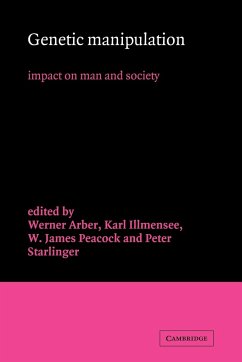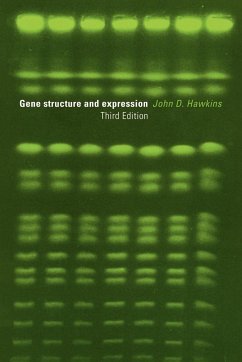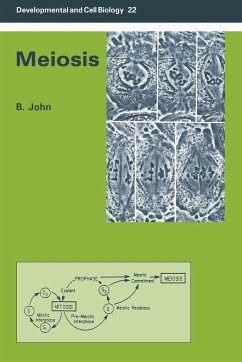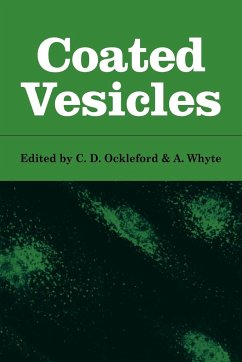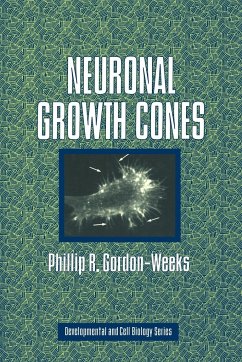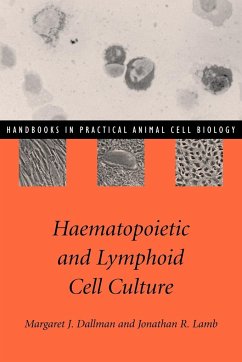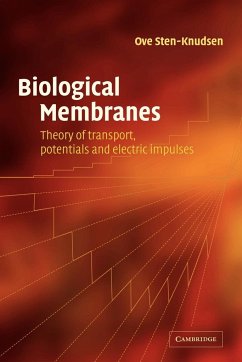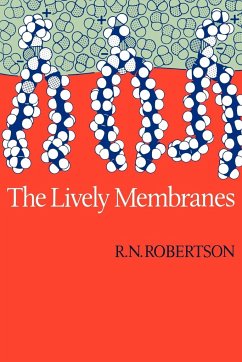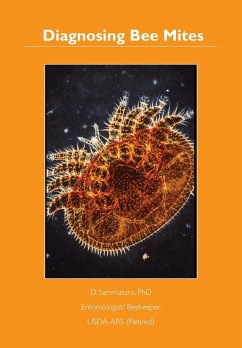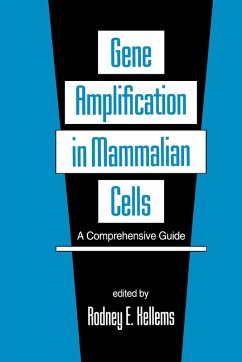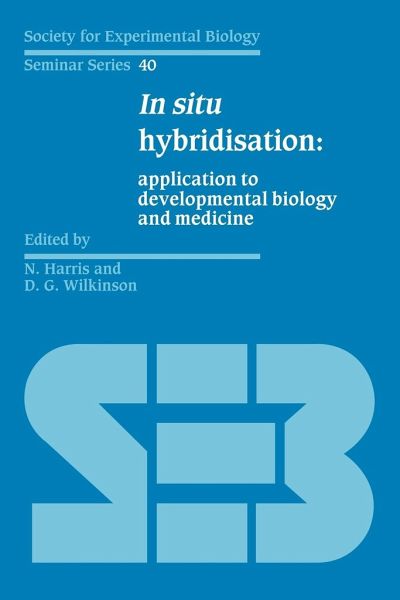
In Situ Hybridisation
Application to Developmental Biology and Medicine
Herausgeber: Harris, N.; Wilkinson, D. G.
Versandkostenfrei!
Versandfertig in 1-2 Wochen
49,99 €
inkl. MwSt.

PAYBACK Punkte
25 °P sammeln!
Advances in our understanding of biological mechanisms have frequently been associated with the development of techniques. In situ hybridisation is a classic case of just such an advance. The technique effectively combines histochemistry with molecular biology and enables the rapid analysis of the distribution of RNA, or DNA, in the tissues. The information gained from this has caused something of a revolution in our understanding of developmental biology, since a fundamental aspect of development is the spatial and temporal expression of genes. In addition the technique has found application ...
Advances in our understanding of biological mechanisms have frequently been associated with the development of techniques. In situ hybridisation is a classic case of just such an advance. The technique effectively combines histochemistry with molecular biology and enables the rapid analysis of the distribution of RNA, or DNA, in the tissues. The information gained from this has caused something of a revolution in our understanding of developmental biology, since a fundamental aspect of development is the spatial and temporal expression of genes. In addition the technique has found application in the field of medicine, providing insights into the functioning of healthy tissues and the diagnosis and study of diseases. This book brings together contributions from leaders in the application of in situ hybridisation and guides the would-be exponent through the various options and variations of the technique.





